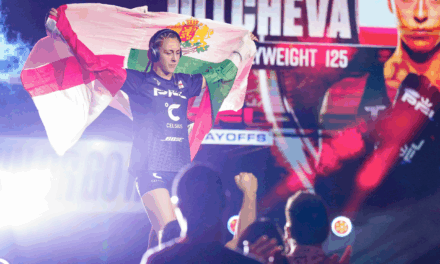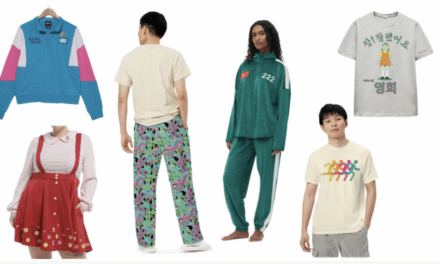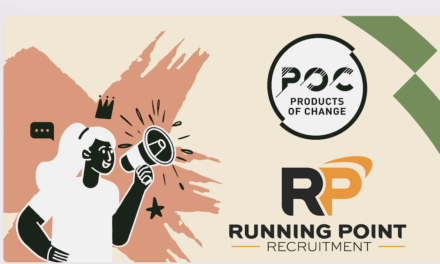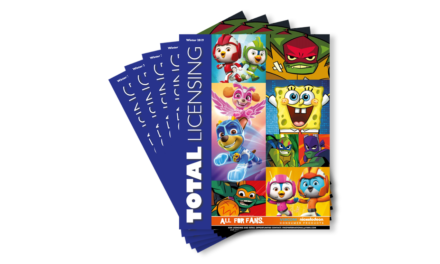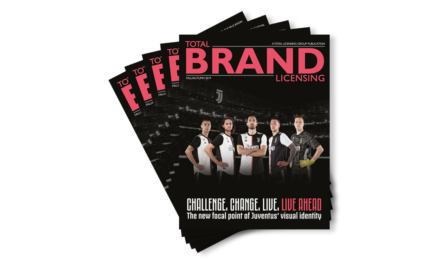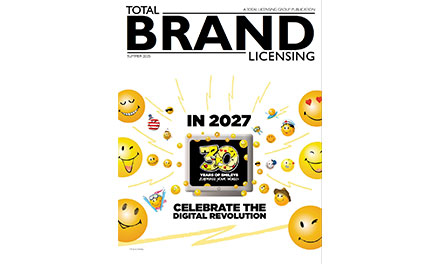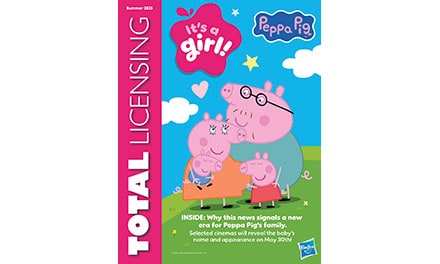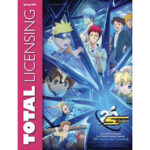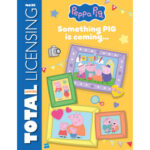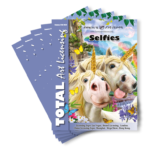
Value Implications for AI-Derived Works
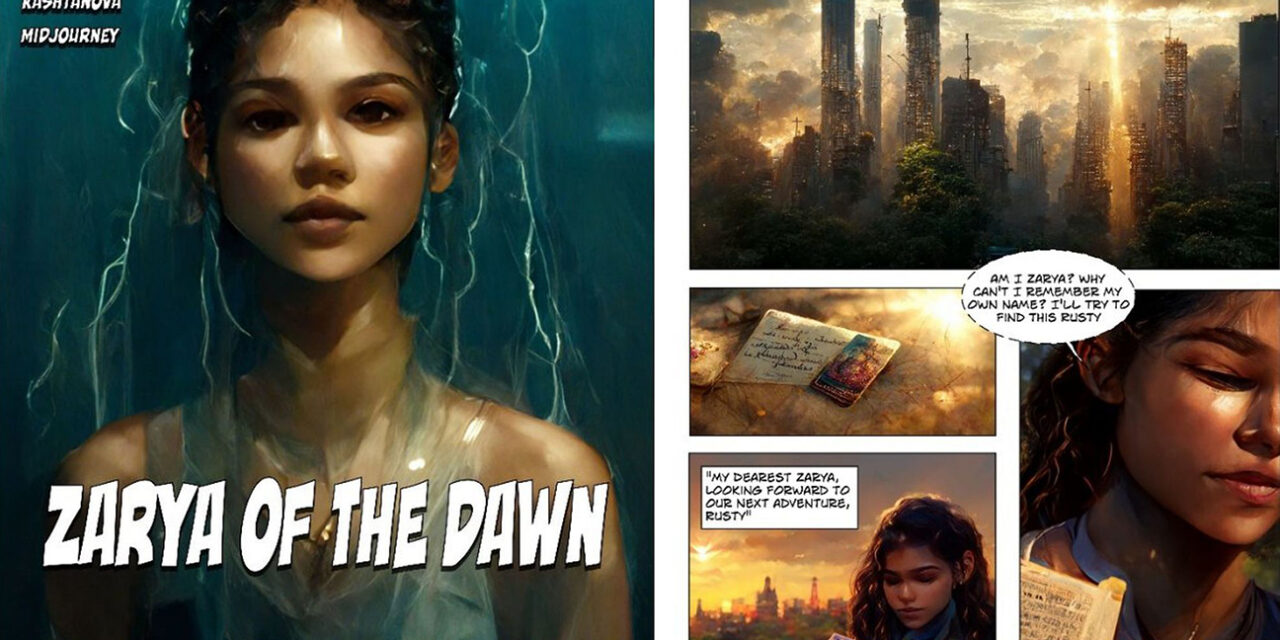
Last month, the U.S. Copyright Office revoked copyright protection for AI-generated images used by Kris Kashtanova in their comic book Zarya of the Dawn. The Copyright Office claims that upon review, the fact that the images were not made by a human renders them inadmissible for copyright protection. Yet, despite revocation of the copyrights to the images themselves, the text of the comic book, as well as the arrangement of the images, were granted copyright protection.
The Copyright Office’s actions are consistent with the January 2021 publication Compendium of U.S. Copyright Office Practices §313.2, which states that works that lack human authorship will not be registered. The Copyright Office may temporarily hide behind this policy, but it will inevitably be forced to provide a clear stance regarding AI-derived works in the future. And as more AI systems become available for use by the public, addressing the issue of copyrightability for AI generated works will only become a greater necessity.
While the legal debate over AI-derived works is far from over, the value implications are already apparent. To better understand the magnitude of how AI-derived components of a work diminish the overall works value, it is important to differentiate between the work itself and the brand that it is attached to. Regardless of what medium it is expressed through, the work is the cumulative artistic ideas that were created by an artist to tell a story. Oftentimes this story – and the value it holds – is copyrightable by virtue of the arrangement of the images and text. It seems that, as of right now, the Copyright Office agrees with this conclusion in the context of AI-generated works.
The brand, on the other hand, is the unique attributes linked to the artist that distinguish that artist from others. This brand and its associated value are what will likely suffer from the Copyright Office’s decision regarding AI-derived components. The current policies set forth by the Copyright Office suggest that key AI-derived elements of brands may remain in the public domain. If this is the case, it will become difficult for authors to generate revenue through their brands and, as a consequence, this could decrease the value of brands with AI-generated elements.
Although the outlook on brands with AI-derived components may seem relatively gloomy, there are still possible ways in which authors can protect the value of their brands. Though it could compromise the attractiveness of various pieces, embedding a trademark over the AI-derived images might be one way. In doing this, the author creates a direct link between the brand and the work. And since trademarks are federally (and possibly perpetually) protected in the United States, creators might be able to ride the coattails of a trademark, therefore granting the same desired protections to their other works. A similar tactic is used in other industries – such as the cannabis industry – where brands surround their products that cannot be trademarked or copyrighted with products that are federally protected. Yet, while it may be effective in other disciplines, it is unclear whether the same will apply to AI-derived works. Ultimately, these are issues that the Courts, the U.S. Copyright Office and the USPTO will need to address very soon.
Understanding drivers of value and how each component of IP fits together to form a brand is something that CONSOR has been doing for 30+ years. Whether it is for transactional or litigation purposes, CONSOR has had a successful track record in valuing and defending our clients’ intellectual property. For information, email info@consor.com or phone at (858) 454-9091.

